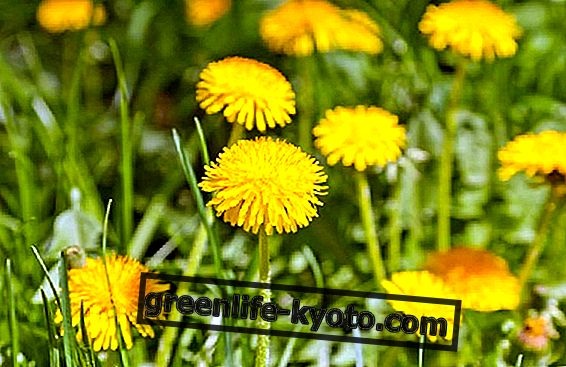
In the panorama of the innumerable Indian divinities there are some that express the feminine polarity of the universe, often called "mothers" in the Hindu tradition ( matrika ) but representing not only the maternal aspect: they often include that of daughter, that of lover, that of an old woman.
But they are not all roses and flowers, beside the sweet aspects we find the ferocious and terrible ones, flaming and intransigent, and the one that best represents these attributes is undoubtedly the goddess Kali .
But in this subgroup of warrior and uncontainable goddesses there is one that, in all its power and full of its warrior vein, does not lose its sweetness and its feminine beauty : Durga, the goddess who sweeps the darkness 'without becoming obscure.
Who is the goddess Durga
Durga, which literally means both invincible and unattainable is one of the most worshiped manifestations of Shakti (the universal feminine energy) in India, not only, often the whole of India is considered a material form of the goddess Durga. His gracious smile represents all the maternity of the fire that purifies the world from darkness and chaos .
In fact it was created in this absolute form with the effort of the whole Trimurti and the rest of the gods, unable to knock down the buffalo demon Mahishasura, rendered almost immortal because it was immune to both gods and demons as well as men.
The grace of her smile represents an interior symbol of the highest value: her action is not dictated by anger or violence but by necessity, for the sake of good and in order to free the world and the souls who are devoted to it.
The story of Durga
In short, his story begins when the demon Mahishasura was granted a form of quai-immortality, which allowed him to dominate the universe with his armies and to become leaders of the deities themselves.
The gods gathered then created Durga, the feminine version of the Supreme, composed of the light of the Sun, to which the gods gave their parts of the body and their best weapons.
The roar of his lion shook and divided the continents and created new mountain ranges (a legacy of ancient cataclysms) while he fought the supreme demon, who took it as a buffalo to load it into pieces.
Durga's weapons
Durga rides a lion or a tiger, to symbolize its warlike nature and its 8 or 10 hands hold both weapons of destruction and symbols of creation: traditionally they are the trident (symbol of the transcendence of time), bow and arrow (power given by the inner values), the mace (symbol of loyalty to the dharma), the sword (symbol of correct discrimination in order to eradicate evil), the lotus (symbol of detachment as it expresses beauty even though it is born of mud), shell (ananda or bliss) ), the chakra disc (action propensity) and a final hand in grace and forgiveness .
This hand is a very important symbol, called Abhaya Mudra or gesture of courage, which on the one hand represents the grace, protection and refuge of souls, on the other it represents the state of fearlessness for those who give themselves to her, therefore courage and absence of discouragement. Sometimes substitute weapons are the lance, the noose or the shield, a sign of protection, of discipline, of self-analysis.
Other symbols are his three eyes, representing the Moon, the Sun and the Fire, or will, action and knowledge.
Durga outside of India
In one form or another Durga is also worshiped in Nepal, Bangladesh, Sri Lanka, Myanmar, the Maldives, China, Vietnam, Laos, Indonesia, Malaysia, and other dharmic religions:
in Buddhism (from the Lamaist in the form of Vajrabhairava and Palden Lhamo to the Zen), but also in Jainism and Sikhism where it is revered and exalted as a feminine form of the Supreme.
It seems that both Durga and the Egyptian goddess Sekhmet that the Mesopotamian goddess Ishtar derive from the same archetype as a female lion or mother in arms riding a lion.













